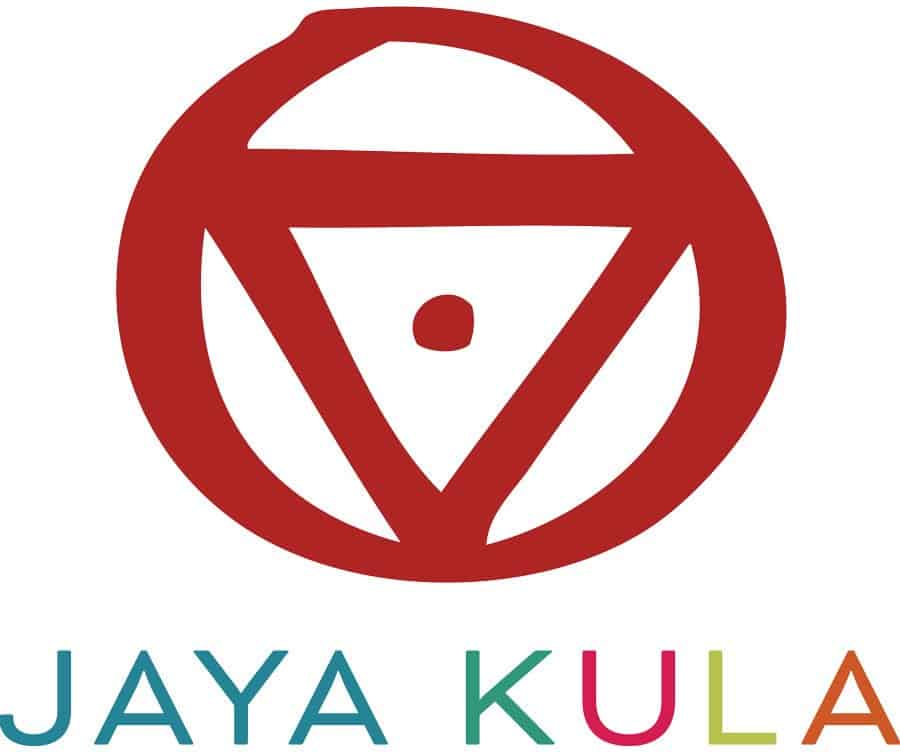Shambhavi explains the Trika view of the Sanskrit words Maya, Sat, Moha, and Ananda. A podcast from Satsang with Shambhavi
Podcast First Words
Maya is most often translated as a veil of illusion over your eyes, or as some kind of process of fooling you. In the formative centuries of Trika Shaivism, there was a lot of discussion about the distinction between how Maya is understood in Advaita Vedanta versus in the Trika tradition. So this isn’t an interpretation that’s new or that was applied later on.
Maya is also often translated as what makes us think that something unreal is real. Abhinavagupta wrote a lot about this. He said two main things about this idea that there are things that are unreal.
Abhinavagupta said, first of all, unreality cannot exist. Very simple. Unreality cannot exist. So there’s no point talking about it. Everything that we experience has some reality. There’s no possibility that we could experience something that has no reality. Even if it’s the reality of a lie or the reality of a delusion, it still has some reality because there’s no unreality possible, in reality. And there’s nothing outside of existence itself.
Second, some (but not all) Advaita Vedantists say that this world itself—the whole manifest reality—is unreal. Abhinavagupta said that when you introduce this idea that there’s something that’s real and something else unreal, then you just reintroduced duality into your system. Because now you’ve got the real and the unreal. That’s dualism. Advaita means not two. It’s a latter, more culturally inflected version of Vedanta.
Maya in the Tantrik tradition doesn’t mean unreality. It doesn’t mean the deluder. Maya means she who has the power to create experiences of difference.


